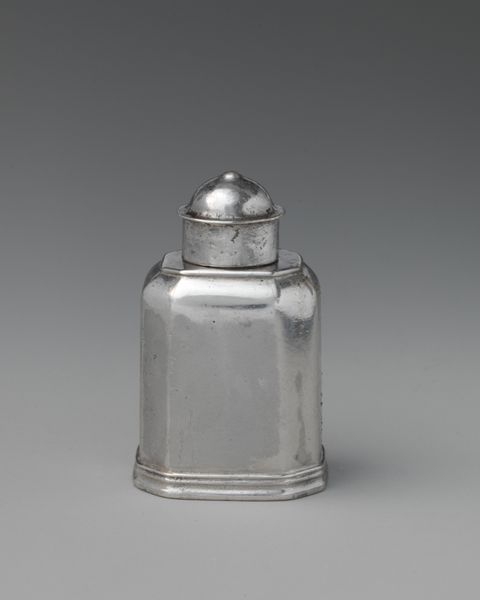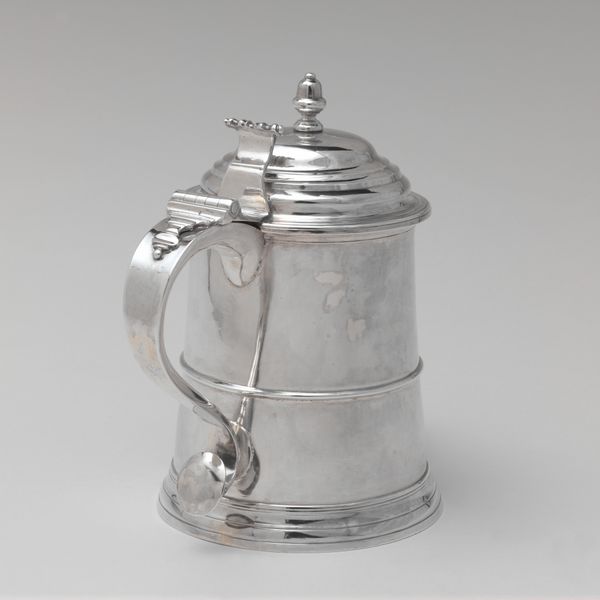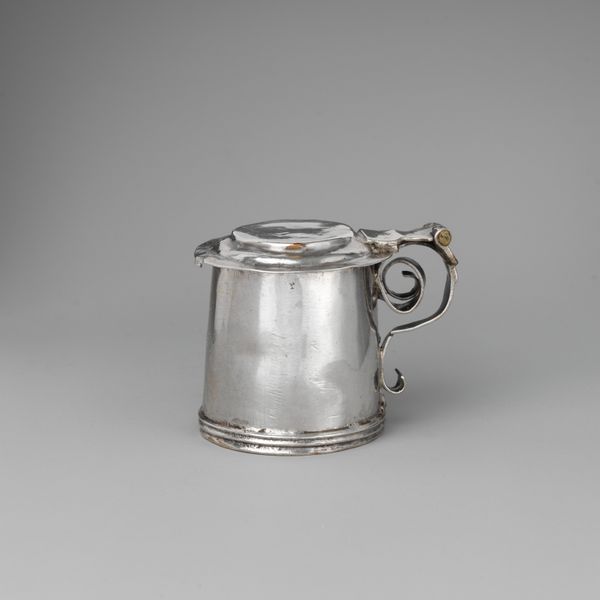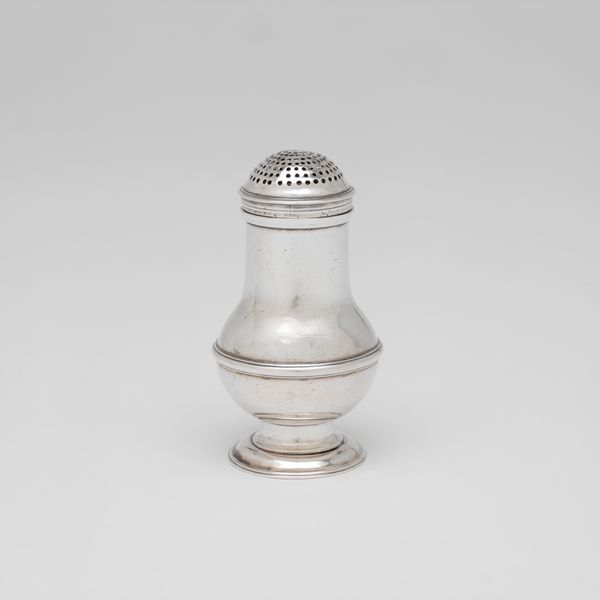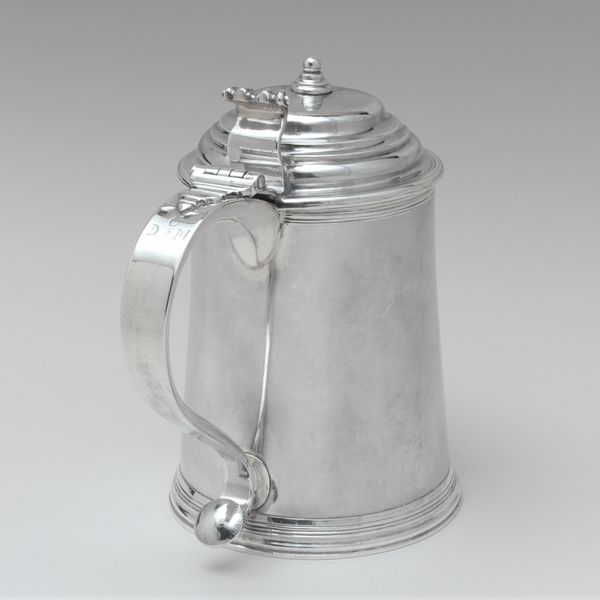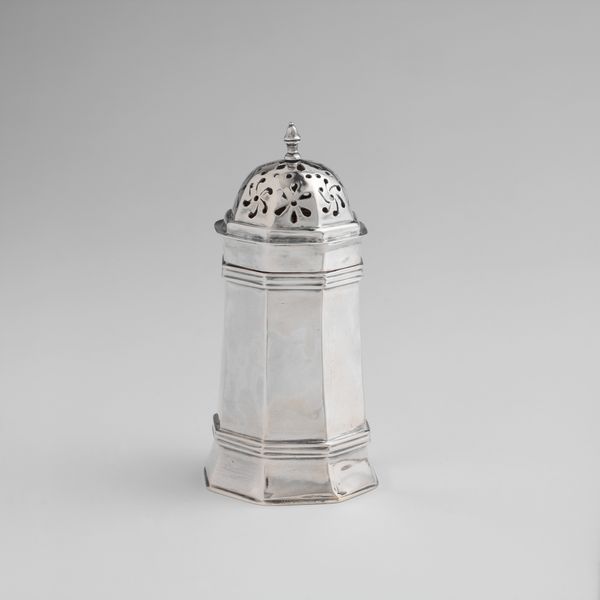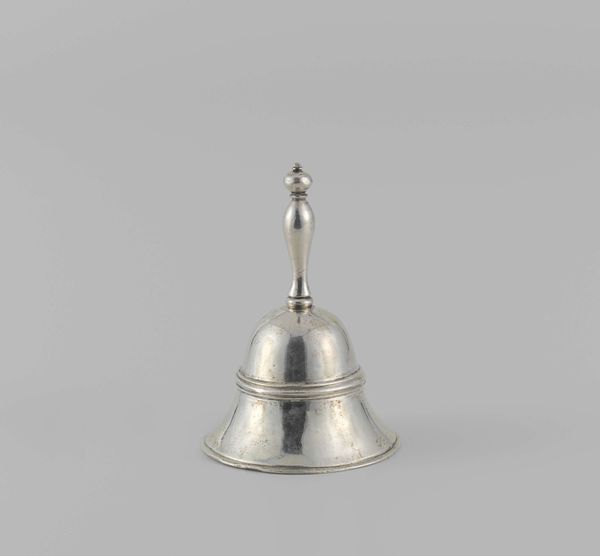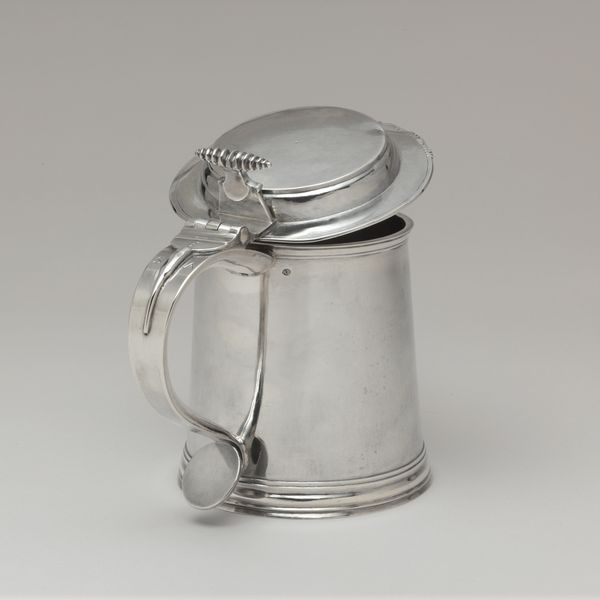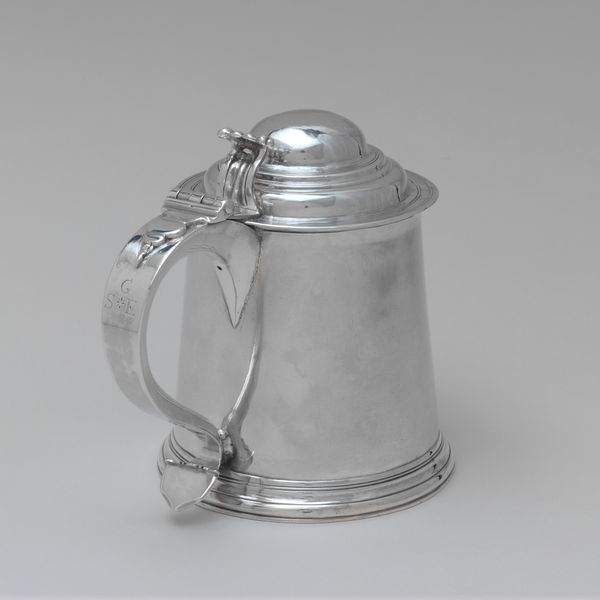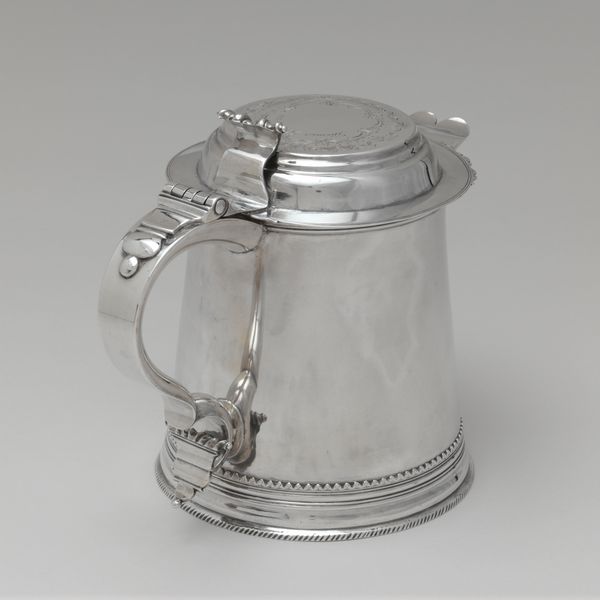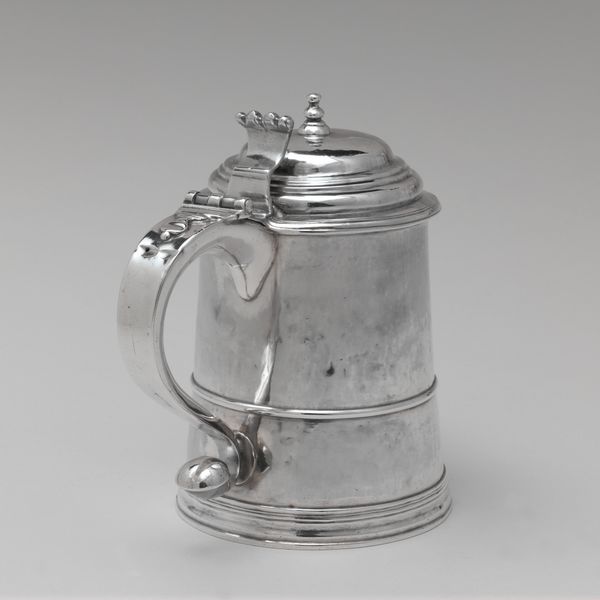
silver, metal, sculpture
#
silver
#
baroque
#
metal
#
sculpture
#
decorative-art
Dimensions: Overall: 1 1/2 × 3/4 × 3/4 in. (3.8 × 1.9 × 1.9 cm)
Copyright: Public Domain
Curator: Here we have a delightful object from the early 18th century. It’s a miniature silver tea caddy, likely crafted in England between 1720 and 1730, currently held at The Metropolitan Museum of Art. The artisan is recorded as John Le Sage. Editor: Well, first impression? It reminds me of a tiny, dignified fortress guarding precious aromatic secrets. So solid, and yet… precious! What did tea mean back then? Curator: Exactly! In the Baroque period, especially, tea was more than just a beverage, it was a symbol of wealth, social status, and refinement. This little silver container elevates it further! Consider the craftsmanship – the faceted sides catching the light. It turns an everyday item into a ceremonial object. Editor: Those facets! They are a game of light and shadow, aren’t they? Almost jewel-like, turning the container itself into something almost sacred. And tea then was tied to ritual, wasn't it, not just a quick caffeine fix. It had cultural weight. Curator: Absolutely, and the size also hints at the owner’s control over a prized commodity. Tea wasn't casually accessible. Think of it: the little key, the locking box... all safeguarding the leaves from prying eyes! There is a certain formality even in the miniature size of the piece. Editor: So it’s more than a box. This is about access, about power, but also about the quiet, personal ritual. Tea drinking, for some, held meditative qualities. This silver box then also holds the promise of such reflective moments. A beautiful illusion! Curator: It definitely echoes a lot of things. Perhaps it contains little more than symbolism now, and certainly held small amounts of tea back then, but for me it speaks volumes about what we chose to elevate into treasures and relics of another world. Editor: I'm left imagining the clinking of tiny spoons and hushed conversations around a beautifully set table, the caddy almost a stage prop to an afternoon ritual. It's far more resonant and less austere than it initially appeared, don't you think?
Comments
No comments
Be the first to comment and join the conversation on the ultimate creative platform.
